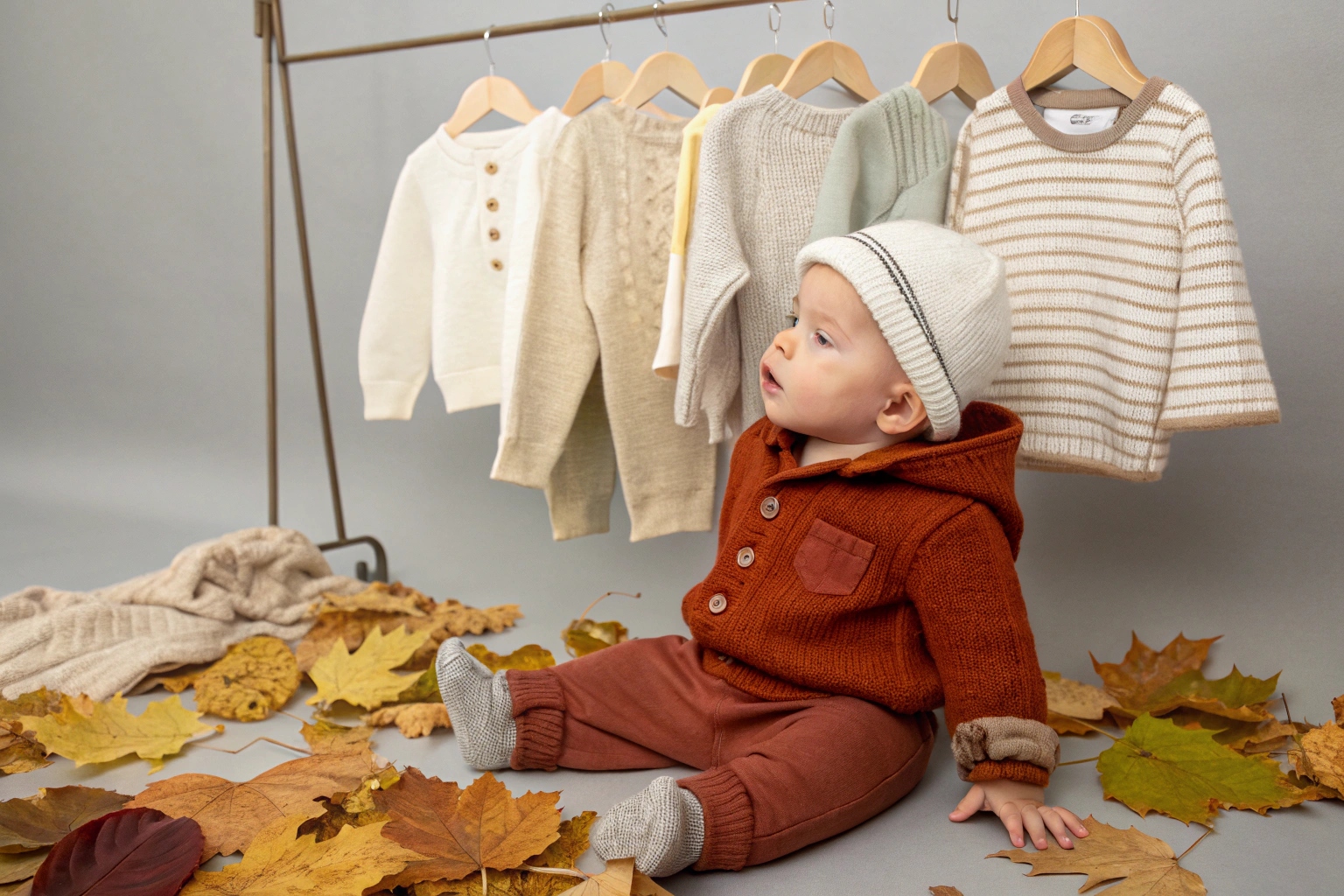The world of retail is constantly evolving, and one of the most significant factors that affect sales is seasonality. For babywear, seasonal drops play a critical role in shaping sales cycles, driving demand, and guiding inventory planning. Retailers and manufacturers alike need to understand how seasonal changes can influence purchasing decisions, especially in a market as dynamic as baby fashion. The timing of seasonal drops can impact everything from production timelines to promotional strategies, ultimately affecting a brand’s success.
Seasonal drops have a powerful impact on babywear sales cycles by aligning product availability with consumer demand. By understanding how seasonality influences buying behavior, brands can optimize their sales strategies and better serve their customers throughout the year.
In this article, we will explore how seasonality affects babywear sales, the patterns behind seasonal sales, and how businesses can predict and capitalize on seasonal sales growth to maximize their success.
How does seasonality affect sales?
Seasonality plays a major role in determining when and how consumers make purchasing decisions, especially in the babywear market. Babywear is subject to shifts in demand based on the time of year, weather conditions, and cultural or holiday events. For instance, as colder months approach, parents tend to buy warm clothing like jackets, sweaters, and hats for their babies, whereas the summer season often sees a demand for lighter, breathable fabrics such as cotton onesies and shorts.
Seasonality directly affects sales by creating peaks and valleys in consumer demand. By aligning product releases and promotions with seasonal trends, retailers can maximize sales and avoid overstocking or running out of popular items.
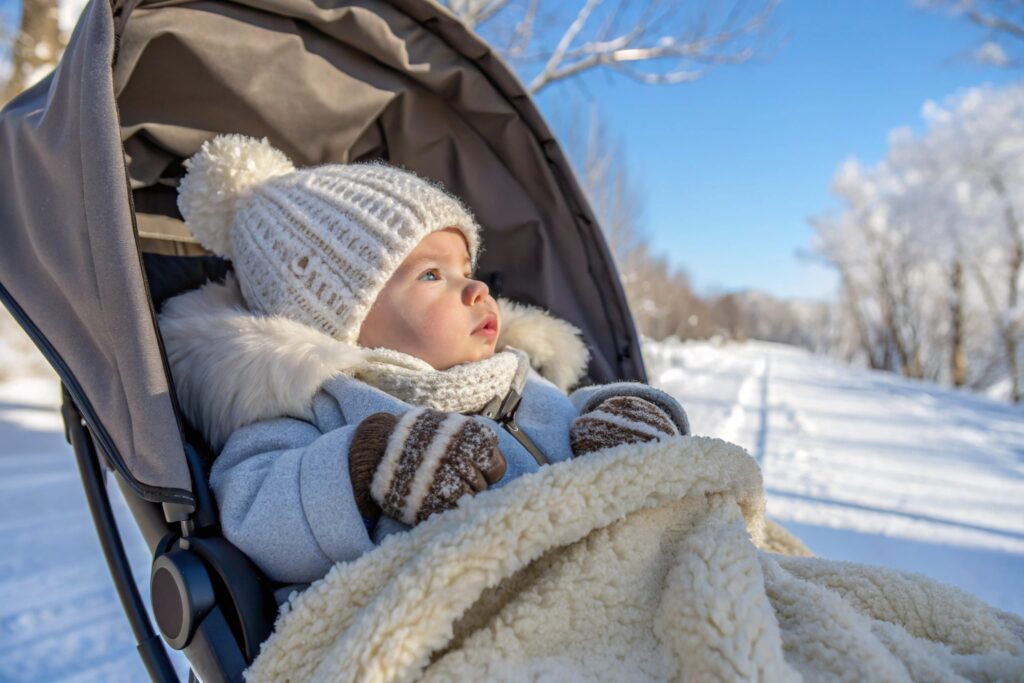
How Weather Changes Affect Babywear Purchases
The weather is one of the biggest influencers of babywear sales. As the seasons shift, parents’ needs for baby clothing change. During colder months, the demand for layered clothing, outerwear, and thermal fabrics increases. For example, a baby might need a winter coat, booties, and a hat during winter, while in the summer, parents will focus more on lightweight and breathable garments to keep their babies comfortable in warmer temperatures.
Understanding weather-related trends allows brands to anticipate demand and adjust their production schedules accordingly. If a manufacturer releases a new collection of winter clothes too late in the season, they risk losing out on sales due to low demand. On the other hand, releasing spring or summer collections too early can lead to unsold inventory during the off-season.
Influence of Holidays and Special Events
Holidays, such as Christmas, Easter, and the back-to-school period, also affect babywear sales. Many retailers use these events as opportunities to release limited-edition collections or promote themed outfits. For example, around Christmas, babywear brands often release festive onesies, pajamas, and special occasion clothing that appeals to parents looking to dress their babies for family photos and holiday gatherings.
Special events like baby showers and birthdays also lead to spikes in babywear sales, especially when parents are looking for gifts. The timing of seasonal drops in relation to these events is essential for maximizing revenue. Brands that successfully time their releases to coincide with key events and holidays can see significant boosts in sales.
What is the seasonal sales pattern?
Seasonal sales patterns refer to the predictable fluctuations in sales that occur at specific times of the year. These patterns are often influenced by factors such as weather changes, holidays, cultural events, and retail calendars. Babywear is no exception, with specific patterns emerging that influence how products are sold throughout the year.
Seasonal sales patterns are important for brands to recognize, as they provide valuable insights into when demand will peak and when it will dip. By understanding these patterns, businesses can optimize their marketing and inventory strategies to meet consumer needs.
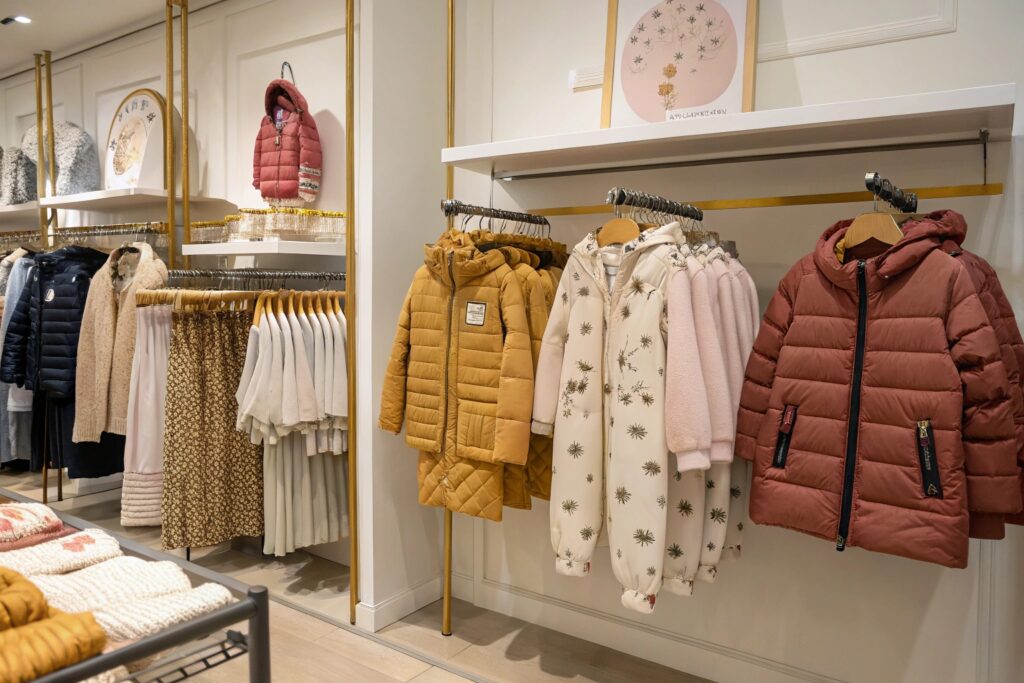
Peak and Off-Peak Seasons
In general, babywear follows a pattern where demand increases during certain times of the year and decreases during others. The peak season for baby clothing tends to be during the spring and fall months, as parents prepare for seasonal transitions. Spring sees a rise in demand for lighter fabrics like cotton and summer-ready clothing, while fall often brings an increase in demand for warm layers like jackets, booties, and long-sleeve onesies.
The off-peak season, on the other hand, is often during the summer and early winter months, when parents are less likely to make large clothing purchases. During these times, babywear retailers may rely on promotions or discounts to maintain sales.
Timing of Product Releases and Promotions
The timing of product releases can have a significant impact on sales. Brands that release their collections too early or too late risk missing the seasonal window. For example, releasing winter wear in early autumn or spring wear at the end of winter could lead to underwhelming sales due to mismatched timing with consumer demand.
To avoid this, businesses typically follow a seasonal sales calendar, releasing new lines of babywear at key times to align with shifts in consumer demand. For instance, launching a spring collection at the end of winter allows time for parents to purchase before the weather changes, while releasing fall/winter collections in late summer ensures products are available for parents when the cold weather sets in.
What is seasonal sales growth?
Seasonal sales growth refers to the increase in sales that a company experiences during peak seasons. This growth is often a direct result of heightened consumer demand driven by factors like weather changes, holidays, and special events. For babywear brands, seasonal sales growth is particularly significant, as demand can vary dramatically between the summer and winter months.
Seasonal sales growth is crucial for retailers and manufacturers to understand, as it allows them to plan their inventory, staffing, and marketing strategies to take full advantage of peak sales periods.
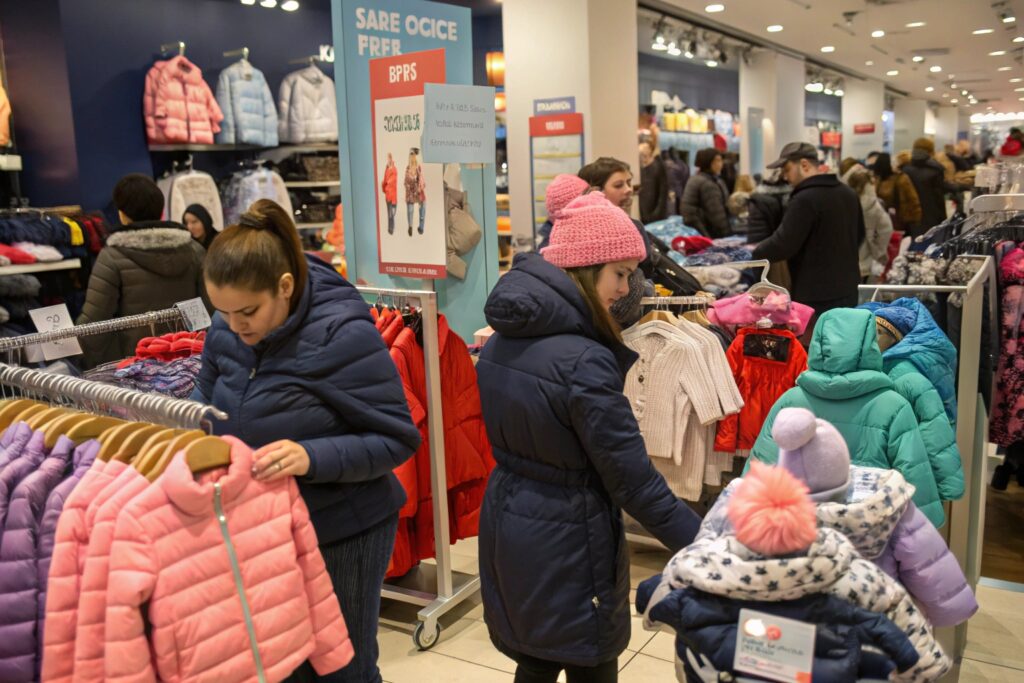
Factors Driving Seasonal Sales Growth
Several factors contribute to seasonal sales growth in the babywear industry. The most obvious is the weather, which dictates the types of clothing parents will purchase. Cold weather creates a surge in demand for warm clothing, while hot weather drives sales of breathable, lightweight fabrics.
Another factor driving seasonal growth is holiday shopping. During key times of the year, such as Christmas, Mother’s Day, or Easter, parents are more likely to purchase baby clothing as gifts. Retailers often offer sales and promotions around these holidays, which can further drive seasonal sales growth. Additionally, special events like Black Friday and Cyber Monday offer an opportunity for brands to reach a larger customer base and generate significant revenue.
Managing Seasonal Sales Growth
Managing seasonal sales growth effectively requires a well-coordinated strategy that includes marketing, inventory management, and forecasting. Brands need to forecast how much of each type of clothing will be needed based on past sales patterns and anticipated demand. Overestimating demand can result in excess inventory, while underestimating it can lead to stockouts and missed sales.
One way brands can prepare for seasonal sales growth is by using historical sales data to predict the timing and size of future sales spikes. For example, looking at past sales trends for specific seasons (e.g., last year’s fall sales or the previous summer) can provide valuable insights into what products are likely to sell best during a particular season. This allows brands to better plan their inventory levels and promotional efforts.
What is seasonal sales prediction?
Seasonal sales prediction is the process of forecasting future sales based on historical data, weather patterns, and other seasonal factors. For babywear brands, predicting the demand for specific types of clothing during various times of the year is essential for maximizing revenue and managing inventory effectively.
Seasonal sales prediction allows brands to anticipate demand and make data-driven decisions about product releases, inventory, and marketing. Accurate predictions help businesses ensure they are well-stocked when demand peaks and prevent overstocking when demand slows.
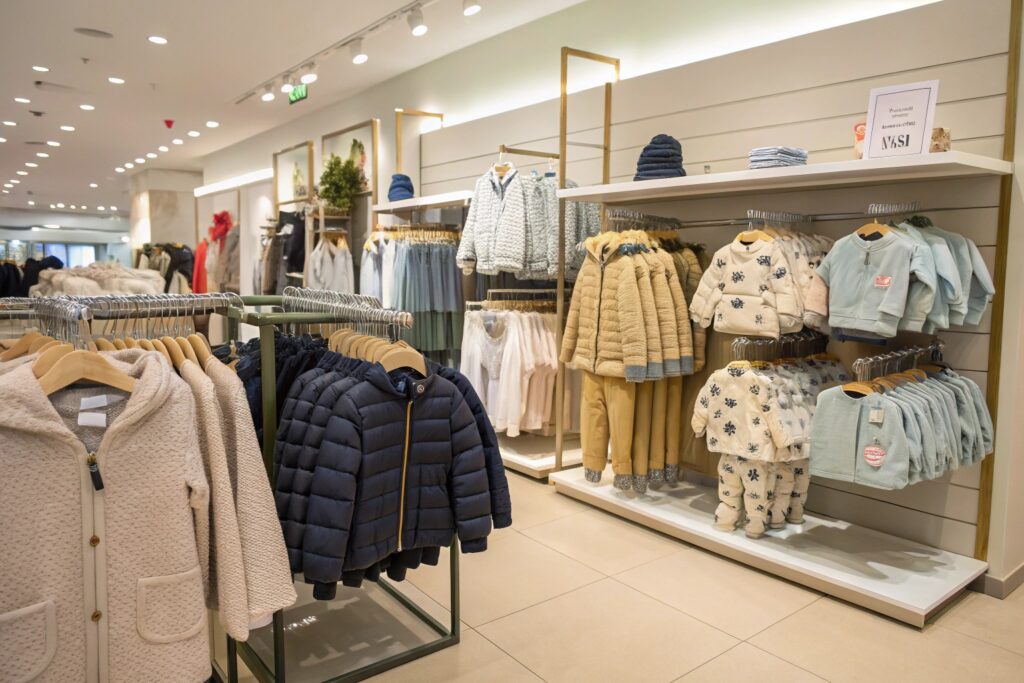
The Role of Data in Predicting Seasonal Sales
Data plays a central role in making accurate seasonal sales predictions. By analyzing past sales data, brands can identify patterns in consumer behavior, such as which products tend to sell best in specific seasons or during specific holidays. This data can also help brands anticipate shifts in consumer preferences, such as the rising popularity of eco-friendly fabrics or trends toward minimalistic designs.
In addition to historical sales data, external factors such as weather forecasts and cultural events can also influence seasonal sales predictions. For instance, an early cold snap may lead to a sudden spike in demand for winter babywear, while a particularly warm summer could cause sales of lightweight baby clothing to outpace expectations.
Leveraging Predictive Analytics for Seasonal Sales Success
With the advent of modern technology, brands can now leverage predictive analytics to refine their seasonal sales predictions. Predictive analytics tools analyze vast amounts of historical data to forecast demand more accurately, helping brands plan better. These tools can also track real-time changes in weather, consumer behavior, and other external factors to provide dynamic, up-to-date sales forecasts.
By using predictive analytics, brands can optimize their supply chain, ensure they have the right inventory at the right time, and make better decisions about marketing and promotions. This can lead to improved efficiency and greater profitability, especially during peak seasons.
Conclusion
Seasonal drops have a profound impact on babywear sales cycles, influencing everything from product availability to promotional strategies. By understanding how seasonality affects consumer demand, brands can optimize their sales strategies, ensuring they are well-prepared to meet the needs of parents at the right time. Whether it’s predicting seasonal sales growth, managing inventory, or leveraging predictive analytics, the key to success in the babywear market lies in understanding the rhythms of the seasons and aligning business operations accordingly.

